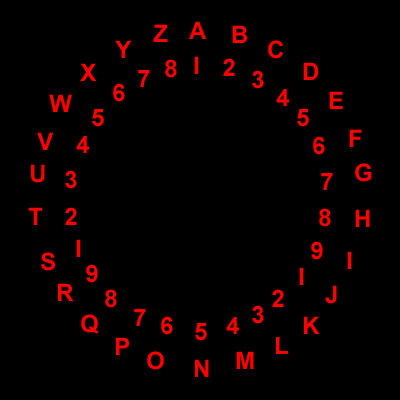I AM THE OPPOSITE OF THE OPPOSITE I AM THE OPPOSITE OF OPPOSITE IS THE AM I ALWAYS AM

THE
PACES OF SPACE



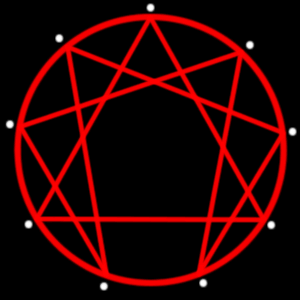

.gif)

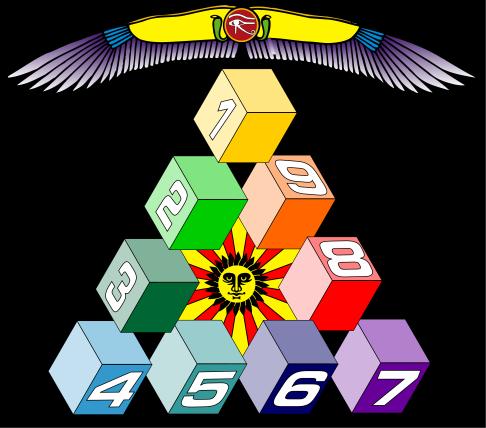
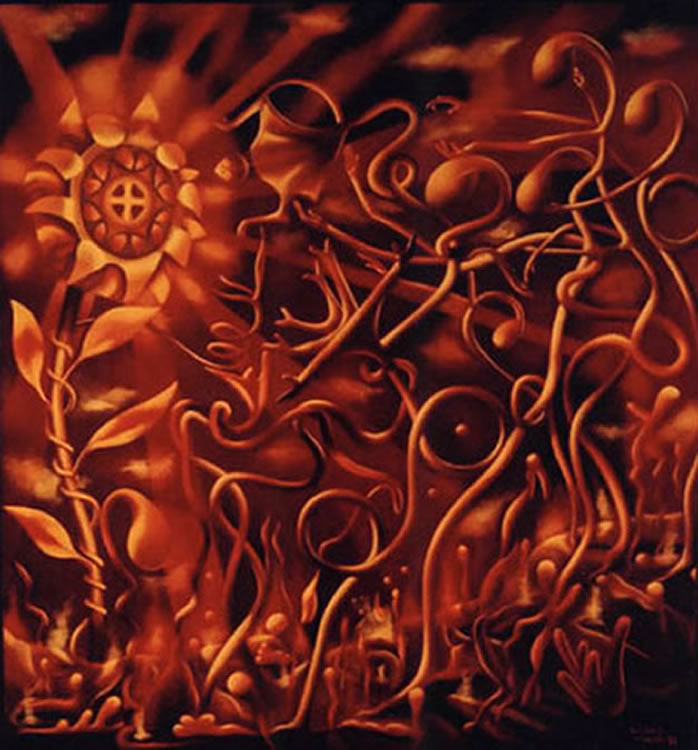
THE SCULPTURE OF VIBRATIONS 1971
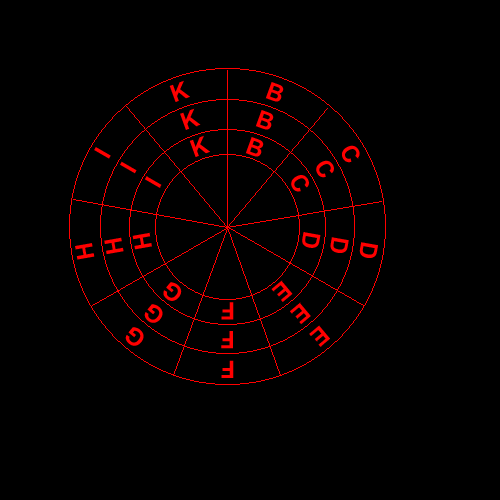
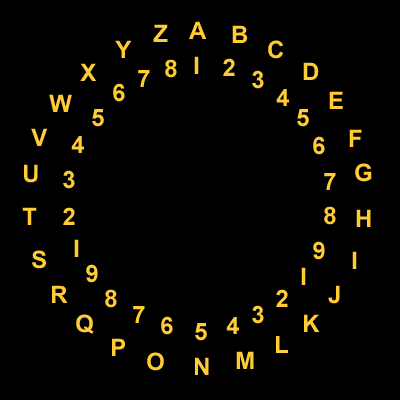
























.gif)



..

logically or spiritually close to it (relations, friends, mourners), and had physically approached or :touched it (physicians, corpse-bearers), or those who performed the obsequies (priests), were shunned until they had ceremonially purified themselves. In many ancient societies, especially in hot, tropical climates, notably in India and Egypt, attendants and corpse disposers were a class apart, generally despised as untouchable and polluted. Even the sight of a corpse could bring pollution. Among the Ibo people of Nigeria the sight of a corpse was held to be spiritually contaminating, and a priest had to shield his eyes if he should chance to meet or pass one on its way to burial.
The dead were believed to emanate a highly potent psychic aura which resided in the body itself. Corpses therefore had to be properly and ritually consigned to the elements (earth: fire, water) or given to animals or birds to pick clean.
In other countries the belief that a corpse or parts of a corpse had special occult and curative virtues was also widely prevalent. All manner of diseases were thought to be cured by the touch of a hanged man. After public executions of highwaymen and other felons in Europe, the hangman used to sell the bones, flesh and blood. The 'hand of glory', the pickled hand of an executed criminal the fingers of which were used as candles, was believed to confer invisibility. Toothache was charmed away if the face was touched with the fingers of a dead child. Birthmarks, carbuncles, herpes and similar skin complaints, disappeared if similarly treated. The human brain, liver, gall, were highly prized for various medicinal purposes, being used as cures for epilepsy, paralysis and apoplexy. The brain dissolved in spirits of wine was especially recommended as a nerve tonic and an aphrodisiac. Pliny (d. AD 79) said that if a circle were traced around an ulcer with a human bone it would prevent the ulcer from spreading. Dried human fingers tied on a string were worn as a magical necklace in Africa, Melanesia and among the North American Indians. Every bone in the human skeleton was put to some magical purpose.
Witches, sorcerers and magicians in all parts of the world, without exception, resorted to human cadavers for the success of their operations at the sabbats, at the black mass and in necromantic rites. The fat of dead men and the charred bones of corpses were among the chief ingredients in witches' salves and love philtres. The brain,
Page 243
What we consciously remember is obviously only a small part of our total memory, even if we cannot recall it to conscious awareness. We do not remember most of our dreams, nor do we remember countless incidents that have happened to us a few years, a few months, even a few days ago. We do not remember large segments of our youthful experiences, nor much of our childhood, and nothing of our early infancy and prenatality. Speaking of the strange amnesia that blots out much of the first six or eight years of our life, Sigmund Freud said that 'it serves for each individual as a prehistory'.
It has been estimated that in the course of his seventy years of life, an individual, only when awake, receives and perhaps stores fifty trillion bits of information. (A 'bit', short for 'binary digit', is the smallest unit of information for a storage device, like a computer.) Yet no single event in our lives, however insignificant, is ever forgotten, as is suggested by the phenomenon of cryptomnesia (Gk. kryptos, 'hidden', mnern, `memory'), in which something previously experienced but forgotten is recalled, and now appears as a new experience without awareness of its original source. Religious exaltation, pre-mortem delirium, senility, insanity, high fever, disease, drug states, electrical stimulation of the brain, psychoanalysis, hypnotic trance and other xenophrenic states are among the conditions that often lead to the recall of memories long forgotten and apparently beyond recollection.
How far the human memory can go is still not clear, but age-regression suggests that there is virtually no limit to recall. In age-regression one recollects very early periods of one's life, sometimes even the .birth trauma. This is important for the psychologist who looks to the period of these early years for certain suppressed memories, which might be the genesis of later mental ills and aberrations. But the mere recollection is not enough; the patient must undergo the process of abreaction, during which he re-lives the pathogenic (disease-producing) memories in the same emotional state he originally experienced them and thus works off the unconscious repressed emotions associated with them. Abreaction therapy is akin to the pathesis or 'suffered' experience that the candidate had to undergo in the ancient Greek mysteries; or to what Aristotle (d. 322 BO called catharsis, 'purging', which he said was the function of great dramatic tragedy : to relieve the mind of pent-up emotion

